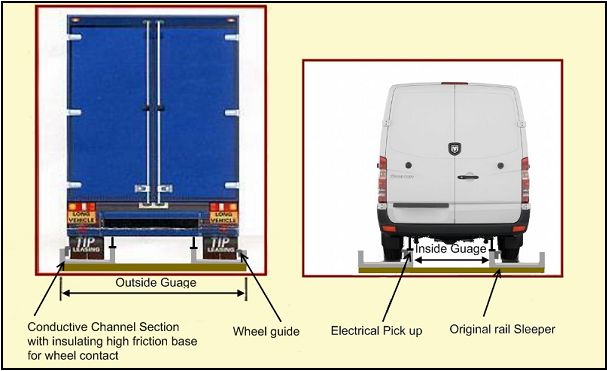
Figure 28 INITIATE track for vehicles with pneumatic tyres
The increased braking friction using pneumatic tyres and the lack of points would allow similar vehicle spacing
as experienced on the road thereby increasing capacity. INITIATE would also allow Trucks to pull multiple
trailers, or be lengthened further into pneumatic tired freight trains. This would substantially reduce the number
of transport units so congestion at the junctions is minimised where opposing lanes of traffic would be required
to cross. This would also reduce CO2 emissions per tonne further, and release spare drivers to fill the demand
for ELECAT use.
Using a guided rail network opens the possibility of controlling the speed of vehicles using Telematics to form
convoys of vehicles to increase capacity further. Such a traffic management system would track the position of
opposing convoys and control their speed so they can to pass through the gaps between the convoys to avoid
stopping the vehicles during their journey. Whilst similar types of automated traffic control system have been
proposed for the road network, it would be far easier and more practical to apply it to this modified ‘rail’
infrastructure where traffic is limited to virtual ‘one dimensional’ flows of heavy vehicles without pedestrian
interference.
As with the ELECAT, the INITIATE system would need to accommodate conventional ICE powered vehicles
until electric vehicles largely replace them. These electric vehicles would carry a battery for providing
propulsive power whilst on the road, but they would be powered from the mains electricity whilst on the
INITIATE network whilst the battery is simultaneously charged. Therefore, INITIATE serves heavy BEVs in
a similar manner to how the ELECAT serves car sized BEVs, that is by extending their range and
reducing the weight and cost of batteries necessary to undertake a normal journey. Heavy vehicle trailers
could also carry batteries which could be charged overnight whilst they waiting at a depot. The weight
disadvantages of carrying batteries would be countered by allowing trucks to tow multiple trailers whilst on the
INITIATE network thereby increasing overall freight capacity.
The potential to use direct mains electricity from low or zero carbon electric generating stations on the
INITIATE network and indirect mains electricity via a battery when on the road would provide a substantial
environmental advantage in terms of CO2 and regulated emissions. INITIATE also provides the means to
remove much of the heavy vehicle fleet from the roads, thereby easing congestion and reducing the impact of
localised emissions and noise in towns and cities. INITIATE therefore offers substantial environmental benefits
whilst maintaining a flexible transport system suitable for modern businesses by offering relatively unobstructed
access into and through built up areas via a combination of the railway and highway infrastructure.

